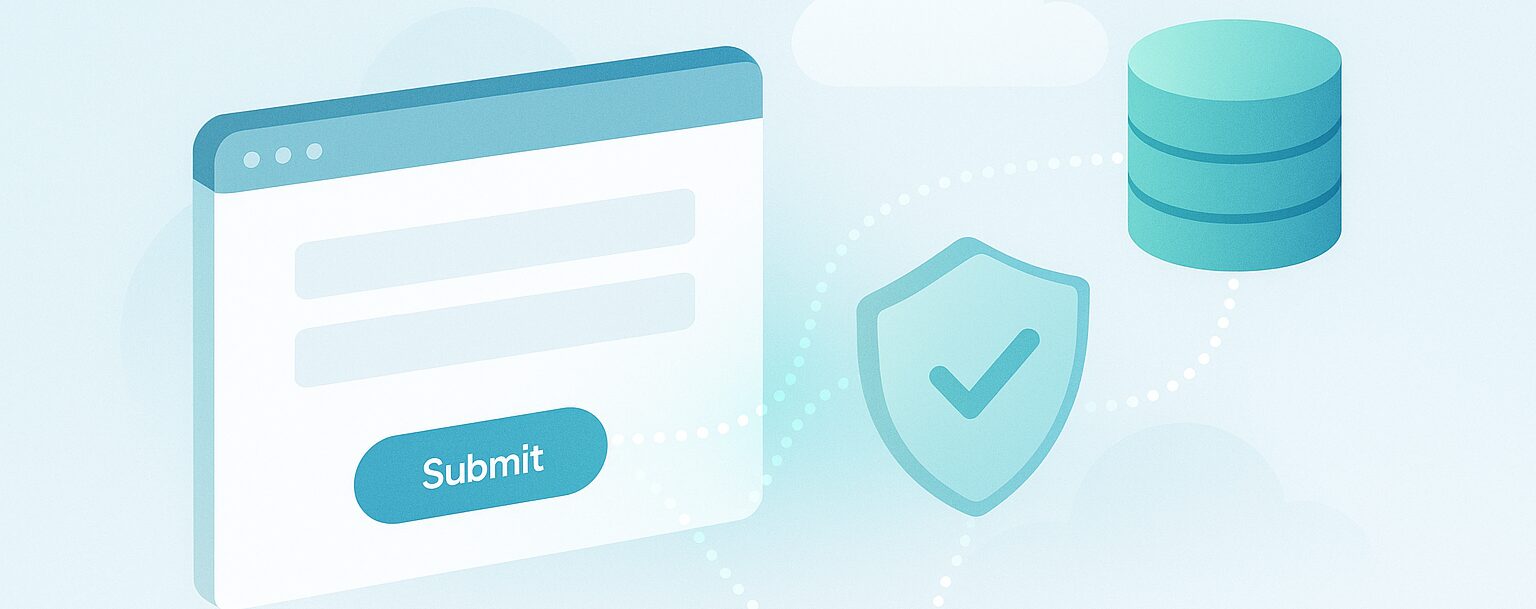In the evolving landscape of email marketing, staying abreast of the latest changes in spam prevention techniques is crucial for marketers to maintain optimal deliverability. Starting February 2024, Google is set to reinforce its spam prevention measures for Gmail, with Yahoo following suit. This blog post delves into the specifics of these changes and offers actionable insights for B2B marketers to adapt and thrive in this new environment.
Understanding Google’s Spam Prevention Measures
Google’s recent announcement outlines three key areas of focus for email senders:
-
Proper Email Sender Configuration: Google emphasizes the importance of properly configuring email senders, including validating SPF (Sender Policy Framework) and DKIM (DomainKeys Identified Mail) settings. For B2B senders, ensuring that the SPF and DKIM setup is configured correctly is vital. This helps establish sender authenticity and prevents emails from being marked as suspicious.
-
Easy Unsubscribe Process: Google advocates for a user-friendly unsubscribe process, preferably a single-click option. While the definition of “single click” is not explicitly clarified, it prompts marketers to review their unsubscribe mechanisms. Compliance with CAN-SPAM laws is crucial, and marketers should assess whether a single-click option or a redirect to an unsubscribe page aligns with the regulatory framework.
-
Reducing Spam in Inboxes: To curb the influx of spam into inboxes, Google introduces a spam-rate threshold. If the number of spam complaints or reports surpasses this threshold, Google may take action, potentially blocking emails from reaching the inbox. The specifics of what “block” entails remain unclear, but marketers should strive to stay below the threshold to ensure uninterrupted email delivery.
Addressing Google’s Changes: A Proactive Approach
-
Adherence to B2B Best Practices: For B2B marketers practicing cautious non-spam policies, the impact of these changes should be minimal. Ensuring compliance with email hygiene best practices, such as proper segmentation, opt-in lists, and adherence to ideal customer profiles (ICP), can contribute to maintaining a positive sender reputation.
-
Enhanced Anti-Spam Policies: Google’s reinforcement of spam prevention measures underscores the importance of stringent anti-spam policies. Marketers should focus on improving data hygiene, cultivating opt-in lists, and employing precise ICP segmentation to enhance message relevance. Additionally, efforts to warm up unreliable email lists externally, outside of platforms like Marketo, can contribute to overall deliverability.
-
Subdomain Strategy for Corporate Emails: To safeguard corporate email deliverability, the recommendation is to avoid sending emails from the main company domain. Instead, adopting a subdomain strategy for email marketing can insulate the main domain from potential deliverability issues. This practice ensures that any fluctuations in email performance do not impact essential corporate communications.
As Google and Yahoo tighten their spam prevention measures, B2B marketers must proactively adapt their strategies to maintain optimal email deliverability. By aligning with best practices, enhancing anti-spam policies, and strategically configuring email senders, marketers can navigate these changes successfully. Staying informed and agile in the ever-evolving email marketing landscape is key to building and preserving a positive sender reputation.
References
Google Blog – https://blog.google/products/




